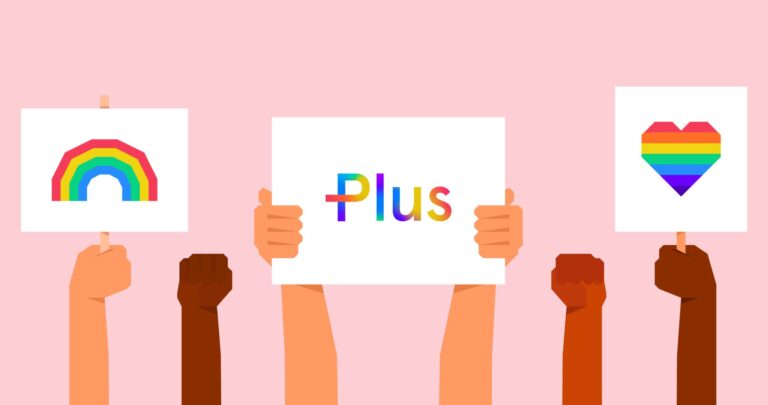The relationship between mental wellbeing and work is being talked about now more than ever.
We’re all experiencing different emotions around the current global pandemic and seeing firsthand that if we don’t manage our stress and anxiety, we can’t be productive or thrive in our roles.
At Tessian, we put mental wellbeing at the top of our list of priorities because we know it’s critical to the health and success of our employees. We’re approaching this head on by launching our new mindfulness program — TesWell.
TesWell runs for 4 weeks and covers topics like building a mindfulness practice, growing in resilience, understanding emotions, creating habits, and teaching employees how to have difficult conversations. The program is a proactive step to give all Tessians the tools to learn how to grow in openness, awareness, and presence in each moment so we all feel more resilient towards changing circumstances.
Resilience has become especially important during COVID19; we’re all having to adapt to changing work environments. But, we think it’s important to share some of the insights that have been the basis of this new program. This way, people outside of Tessian can support mental wellbeing in their own workplace.
“Leaders must shed light into the darkest corners of their own journey so others know they are not alone in their own fight.”
1. Mental wellbeing starts with a conversation
One of the most powerful ways you can foster mental wellbeing (or support mental health problems) in your workplace is simply to talk about them — this is the first step to normalizing mental health problems and reducing the stigma around them.
This is important because when we feel we’re able to speak up about our mental health at work, it means we can get ahead of problems and prevent them from spiraling.
We’ve found there are many ways to get the conversation started. For example, sharing posts on Slack channels about mental wellbeing (we’ve even created a channel dedicated to wellbeing). Managers have even more opportunities to initiate these conversations. How? By intentionally (and frequently) speaking to people about their own wellbeing.
In a recent session we held with our managers on mental wellbeing, we had some great suggestions on how to start the conversation. These ranged from making sure managers are asking their team members how they’re feeling during 1:1 check-ins to encouraging managers to share their own stories of how they’re coping during this time.
This second point is of particular importance. Leaders must shed light into the darkest corners of their own journey so others know they are not alone in their own fight. This allows employees to feel safe and to begin speaking up about their own mental health challenges.
Think of it as an exercise in empowerment.
2. Leaders need to role-model healthy behaviors
Leaders can role-model healthy, stress-reducing behaviors such as taking regularly scheduled breaks, engaging in walking meetings, and going offline at a reasonable hour rather than being available all the time.
We’ve found that using our calendars to demonstrate these healthy behaviours can spark others to feel it’s okay to do the same. For example, taking an hour and a half lunch break to go out for a run and eat lunch, taking a proactive mental health day (and labeling it this way in your calendar), or simply scheduling “meditation” at any point during the day — these are all great ways to do this.
3. Create programs that signal mental wellbeing as a top priority
There are many initiatives companies can implement during COVID19 like TesWell that signal to employees that their wellbeing is important.
This could be programs related to physical activity or initiatives that provide social interactions with others (even in this remote world). The point is to help remind employees that staying healthy requires a holistic approach — we have to nurture our bodies and minds and offer self-compassion to ourselves.
So, make it a priority to help people develop good habits. How? offer meditation, mindfulness, yoga or even a free fitness membership like ClassPass.
The bottom line? You can foster mental wellbeing for your company simply by talking about it.
“One of the best ways to reduce stigma around mental health challenges is by simply having conversations with your people. And that conversation isn’t only with leaders and their direct reports, anyone can champion mental health. Some of the best conversations happen with those you work closely with -- your peers, and your friends. The idea here is to embed a culture of openness across the organization, so that no one is in it alone when a mental health problem arises”
Paige Rinke
People Director, Tessian
Mental wellbeing starts with a conversation. It’s our job, then, to ensure we create a safe space to facilitate those conversations and implement programs so our people know their mental health is a priority.
Whether virtual or in-person, at Tessian, we’re Human First.











